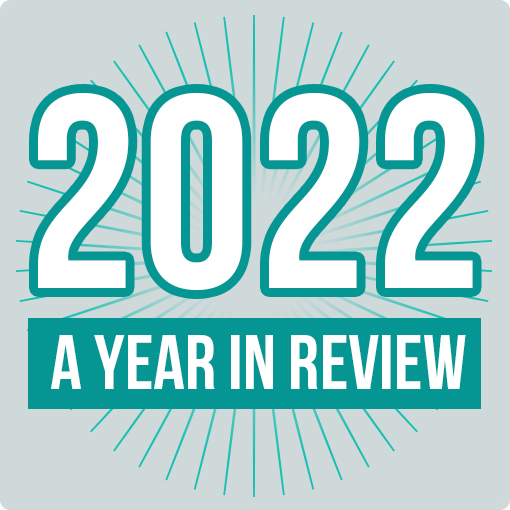 The other day I took a phone call from a customer who was helping out a business that was in rather dire straits. My customer called me from a meeting room of the business concerned and in a few seconds they put me on speaker phone and gave me a summary of the story so far. They then peppered me with questions on how I would go about helping them dig themselves out of the problem they were in.
The other day I took a phone call from a customer who was helping out a business that was in rather dire straits. My customer called me from a meeting room of the business concerned and in a few seconds they put me on speaker phone and gave me a summary of the story so far. They then peppered me with questions on how I would go about helping them dig themselves out of the problem they were in.
It would seem that over 6 months ago a design company was asked to redesign an existing website to freshen up its rather tired look. A detailed brief was written and within a few weeks some fresh new designs were printed out and pasted onto boards for everyone to drool over. The design presented was an obvious improvement and, with some minor tweaks, some layouts were chosen and the build commenced.
To make the content structure of the design work, the website infrastructure and content management application had to change. Plus, the site was already a successful e-commerce operation, so it there was a bit of work to make the present payment gateway work with the new pages. Neither of these was too hard and didn’t faze the developers involved in the project.
After the usual delays of a build of this size – probably a medium-level site in New Zealand terms – the site went live and those involved in the project bathed in the glory of these fresh new web pages.
The website’s visitors were not similarly impressed. Sales on the new site were slow and way down on the same period last year. The month-by-month reduction fluctuated, but the decrease settled  around the 30% mark. At first, this reduction was linked to short-term alterations in the market, linked with marketing promotion failing to fire. But as time rolled on – enough to smooth out any external factors like these – it became obvious to all that, compared with the one it replaced, this new site was a conversion lemon.
around the 30% mark. At first, this reduction was linked to short-term alterations in the market, linked with marketing promotion failing to fire. But as time rolled on – enough to smooth out any external factors like these – it became obvious to all that, compared with the one it replaced, this new site was a conversion lemon.
The business concerned had spent a few weeks with the problem and were still no closer to solving it before they came to my client, who then introduced them to me. After just 20 minutes on the phone we had developed a list of steps to try to indentify the reasons why the drop-off could have occurred.
A few days after the call, I sat down and pondered the lessons that could be learnt from a situation like this. Subsequently, I have come up with four insights that could help others avoid a similar situation occurring during their own site redesign.
Decide on the conversion metrics you want to improve before you start any site redesign and then gauge the project’s performance against these. Bounces, sales conversion and lead conversion rates are just three metrics that should all show improvements through a redesign process. Knowing what your existing site achieves and which tests gave you the greatest improvements are all facts that you should share openly with any prospective redesign team.
Know where the problem areas are in your sales conversion process and have an expectation that your new site redesign will smooth these out. Frequently, there are a multitude of different web pages a prospect needs to work through when purchasing from your site. Not everyone who starts this process ends as a freshly minted customer. Knowing which pages drive the largest amount of drop-offs can focus your redesign process specifically on fixing these problem areas.
 Understand which terms make it onto your ‘golden keywords’ list and know your search performance on each. Some keywords will be more important than others. These are the ones that have a higher propensity to drive new conversions when compared with the rest. Both organic and paid versions of these keywords can be important. Therefore, it pays to track on a regular basis (for most sites this is monthly) how your site ranks for them in the free, organic part of the main search engine plus the minimum cost per click you expect to pay on the sponsored or paid listing area.
Understand which terms make it onto your ‘golden keywords’ list and know your search performance on each. Some keywords will be more important than others. These are the ones that have a higher propensity to drive new conversions when compared with the rest. Both organic and paid versions of these keywords can be important. Therefore, it pays to track on a regular basis (for most sites this is monthly) how your site ranks for them in the free, organic part of the main search engine plus the minimum cost per click you expect to pay on the sponsored or paid listing area.
As any new site will need to go through a process of search engine re-indexing, you are bound to see some changes in these rankings. Knowing which of these keyword ranking changes are more important than others will help you focus your efforts on any immediate remedial work required.
And finally, if you are not too sure how your new site is going to perform then how about doing an A/B split test for your traffic between the old and new versions? If you have a radically free-thinking design agency, then you may even make your payment contingent on their version out-performing its alternative!
 As those who have completed a site redesign and development will know, the process is not without risk. Falling conversion rates is just one problem that can be an unwanted output of a project like this. However, by following these points you should be better placed to a) guide the redesign process so it has ‘improved conversion’ as a measurable outcome; and b) fix any problems that arise quickly and easily.
As those who have completed a site redesign and development will know, the process is not without risk. Falling conversion rates is just one problem that can be an unwanted output of a project like this. However, by following these points you should be better placed to a) guide the redesign process so it has ‘improved conversion’ as a measurable outcome; and b) fix any problems that arise quickly and easily.


